
Unveiling the Top 9 Data Mining Tools for Your Analysis Needs: Open-source and Licensed Options
Mar 13, 2025 7 Min Read 3929 Views
(Last Updated)
Do you want to find valuable information hidden in your data? Just like a treasure hunter searches for precious gems, data mining tools can help you find important patterns and insights from large datasets. Whether you’re new to data analysis or already have experience, these tools can be your helpful companions in uncovering valuable knowledge that can guide your decisions.
Imagine you work for an online store, and you want to understand what customers buy the most to improve your marketing strategies. But with so much data coming in every day, it’s hard to analyze it all manually. That’s where data mining tools come in handy! They can quickly analyze the data, find trends, and help you make better choices for your business.
In this blog, we’ll explore the top 9 data mining tools available in the market. Some are free, and others require a license. Whether you want to try free tools or invest in more advanced ones, we’ve got you covered! Let’s begin this exciting journey into the world of data mining and find the perfect tools for your data analysis needs!
Table of contents
- What is Data Analysis?
- Microsoft Excel
- Features
- Companies Using Excel
- Rapid Miner
- Features of Rapid Miner
- Companies Using Rapid Miner
- Talend
- Features of Talend
- Companies Using Talend
- KNIME
- Features of KNIME
- Companies Using KNIME
- SAS enterprise Mining
- Features of SAS
- Companies Using SAS
- Weka
- Features of Weka
- Companies Using Weka
- Apache Spark
- Features of Apache Spark
- Companies Using Apache Spark
- PowerBi
- Features of PowerBI
- Companies Using PowerBi
- Tableau
- Features of Tableau
- Companies Using Tableau
- Summing Up
- FAQs
- What is data mining, and why is it important for businesses?
- What are the main differences between open-source and licensed data mining tools?
- How were the top 9 data mining tools selected for the blog?
What is Data Analysis?
Data analysis is not just a single step but a set of processes. It is the process of collecting data, then cleaning it (removing the irrelevant data) and further this data is transformed into meaningful information.
We can simply relate this process to how you make a jigsaw puzzle, just like how you gather all the pieces together and fit them accordingly to bring out a beautiful picture. Data analysis also works on almost the same grounds to achieve the goals of data analysis, companies use a number of data analysis tools.
Companies rely on these tools to gather and transform their data into meaningful insights. So which data mining tools should you choose to gather your data? Which data analytical tools should you choose to analyze?
Before we move into the next section, ensure you have a good grip on data science essentials like Python, MongoDB, Pandas, Numpy, Tableau & PowerBi Data Methods. If you are looking for a detailed course on Data Science, you can join GUVI’s Big Data and Cloud Analytics Course with placement assistance. You’ll also learn about the trending tools and technologies and work on some real-time projects.
Additionally, if you want to explore more about Data Analysis through a self-paced course, try GUVI’s self-paced Data Analysis course.
And what tools should you learn if you want to make a career in this field?
After extensive research, we have come up with the best data mining tools.
Here we will look at the features of each of these tools and the companies using them. So let’s start off.
1. Microsoft Excel
We believe all of us would have used Microsoft Excel at some point. It is easy to use and one of the best tools for data analysis developed by Microsoft. Excel is basically a spreadsheet program using Excel you can create grids of numbers text and formulae. it is one of the widely used tools be it in a small or large setup.
Features
- Firstly Excel works with almost every other piece of software in the office.
- We can easily add Excel spreadsheets to Word documents and PowerPoint presentations to create more visually appealing reports or presentations.
- The Windows version of Excel supports programming through Microsoft’s Visual Basic for Applications VBA.
- Programming with VBA allows spreadsheet manipulation that is difficult with standard spreadsheet techniques.
- In addition to this, the user can automate tasks such as formatting or data organization in VBA.
- One of the biggest benefits of Excel is its ability to organize large amounts of data into orderly logical spreadsheets and charts by doing so it’s a lot easier to analyze data especially while creating graphs and other visual data representations. The visualization can be generated from a specified group of cells.
Companies Using Excel
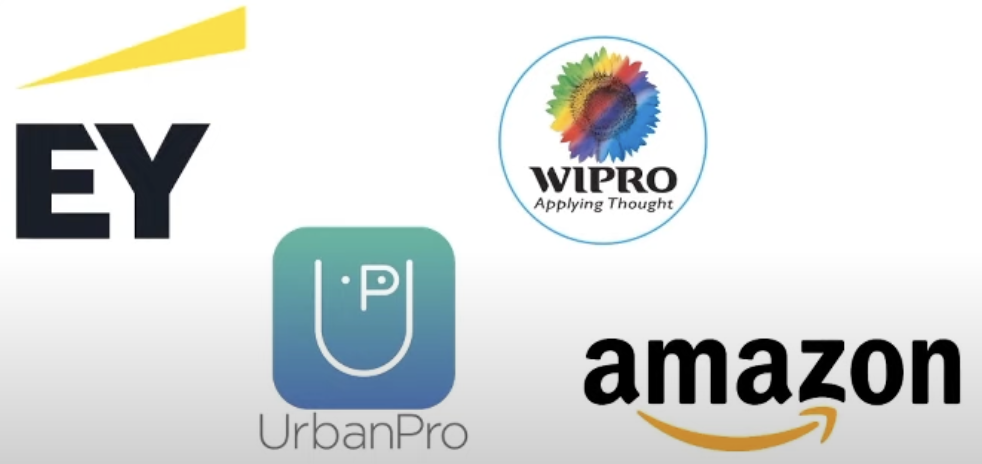
2. Rapid Miner
Moving on to our next data analysis tool at number 2 we have rapid minor, a data science software platform rapid miner provides an integrated environment for data preparation, analysis machine learning, and deep learning. It is used in almost every business and commercial sector. The rapid miner also supports all the steps of the machine-learning process
Its drag-and-drop interface and pre-built models allow non-programmers to intuitively create predictive workflows for specific use cases, like fraud detection and customer churn.
Features of Rapid Miner
- Firstly it offers the ability to drag and drop. It is very convenient to just drag & drop some columns as you are exploring a dataset and working on some analysis.
- Rapid miner allows the usage of any data and it also gives an opportunity to create models which are used as a basis for decision-making and formulation of strategies.
- It has data exploration features such as graphs, descriptive statistics, and visualization which allows users to get valuable insights.
- It also has more than 1500 operators for every data transformation and analysis task.
- Meanwhile, programmers can take advantage of RapidMiner’s R and Python extensions to tailor their data mining.
- Once you have analyzed your data and created a workflow, With Rapid Miner Studio, you can also visualize the data to help you spot patterns, outliers, and trends in your data.
Companies Using Rapid Miner
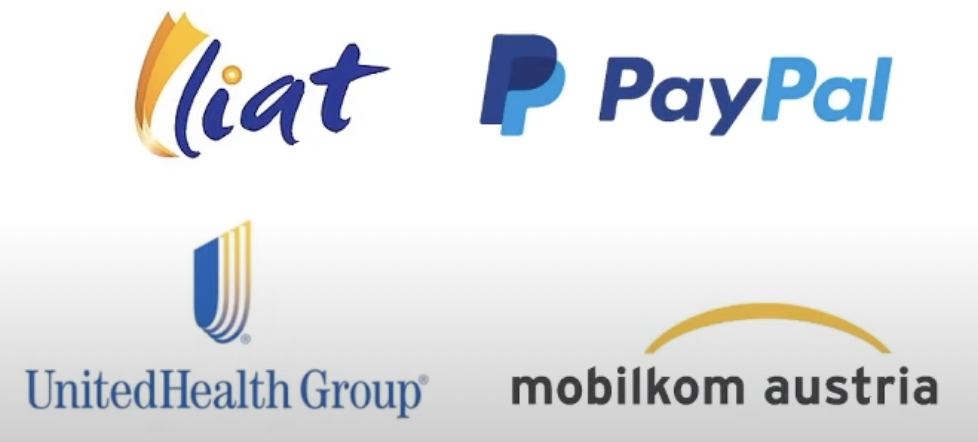
3. Talend
Talend is an open-source software platform that offers data integration and management. It specializes in big data integration. Talend is available both in open-source and premium versions. It is one of the best tools for cloud computing and big data integration.
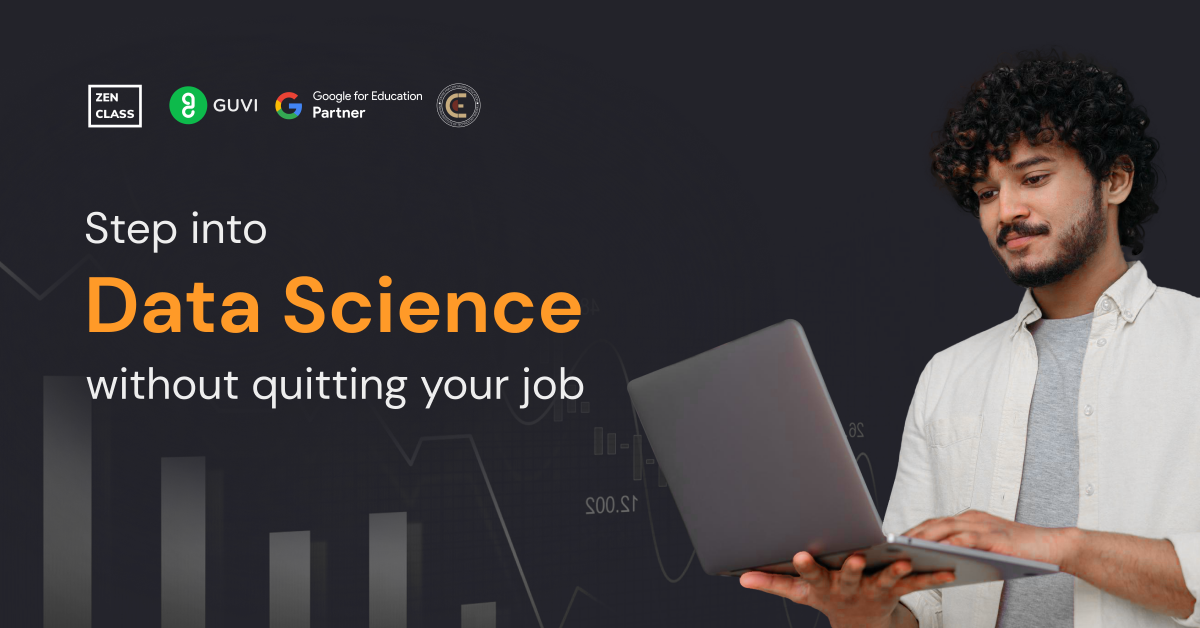
Features of Talend
- Firstly automation is one of the create boons Talend offers. It even maintains that tasks for the users
- Automation helps with quick deployment and development
- It also offers a variety of open-source tools. Talend lets you download these tools for free, and the development costs are reduced significantly as the process is gradually sped up.
- Talend provides a unified platform it allows you to integrate with many databases SAS and other technologies.
- With the help of this data integration platform, you can build flat files, relational databases, and cloud apps 10 times faster.
Companies Using Talend

4. KNIME
Next on the list at seven, we have KNIME. KNIME is a free and open-source data analytics reporting and integration platform.
It can integrate various components for machine learning and data mining through its modular data pipelining concept. Knime has been used in pharmaceutical research and other areas like CRM, customer data analysis, business intelligence, text mining, and financial data analysis.
Features of KNIME
- KNIME provides an interactive graphical user interface to create visual workflows using the drag-and-drop feature.
- The use of JDBC allows the assembly of nodes blending different data sources including pre-processing such as ETL (extraction transformation loading) for modeling data analysis and visualization with minimal programming.
- KNIME also supports multi-threaded in-memory data processing that allows users to visually create data flows selectively or execute some analysis steps and later inspect the results models and interactive views.
- KNIME servers automate workflow execution and support team-based collaboration.
- KNIME integrates various other open-source projects such as machine learning algorithms from H20, Apache Spark, and R projects.
- KNIME allows analysis of upto 300 million custom addresses, 20 million cell images, and 10 million molecular structures.
Companies Using KNIME

5. SAS enterprise Mining
SAS or statistical analysis system is a software developed by the SAS institute. It is primarily used to analyze statistical data. SAS facilitates analysis reporting and predictive modeling with the help of powerful visualizations and dashboards. In SAS data is extracted and categorized which helps in identifying and analyzing data patterns. Its goal is to simplify the data mining process to help analytics professionals turn large volumes of data into insights.
Features of SAS
- SAS enables better analysis of data using automatic code generation and SAS SQL.
- SAS allows you to access and easily integrate Microsoft Office by letting you create reports using it and by distributing them through it.
- SAS helps with an easy understanding of complex data and allows you to create interactive dashboards and reports.
Companies Using SAS
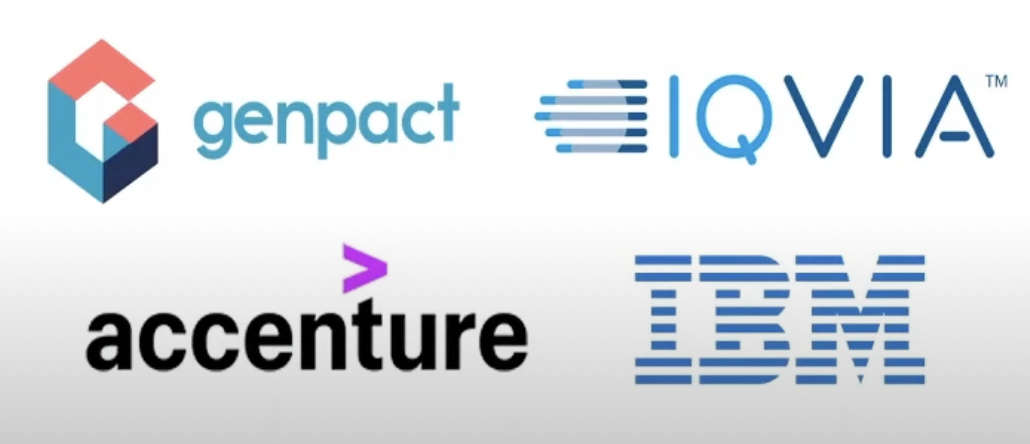
6. Weka
Weka is an open-source ML software with a wide selection of algorithms precisely designed for Data Mining, designed by the University of Waikato, New Zealand. It is written in JavaScript and offers various data mining tasks such as classification, regression, preprocessing, visualization and clustering, in a user-friendly graphical interface.
Features of Weka
- For each task, Weka offers built-in machine-learning algorithms to test your ideas and deploy various models without writing a single line of code.
- Originally developed to analyze data in the field of agriculture, now mainly used for research and industry insights. Available for free under a General Public License.
- A collection of visualization tools for predictive modeling in a GUI presentation, helping you build your data models and test them, observing the model performances graphically.
- It supports SQL and allows users to connect to the database, and performs operations by firing queries.
Companies Using Weka
- Baylor College of Medicine
- Genomics England
- KX Streaming Analytics
- Mellanox Technologies
7. Apache Spark
Apache spark is an open-source engine developed specifically for handling large-scale data processing and analytics. Spark offers the ability to access data in a variety of sources including Hadoop distributed file system, HDFS, OpenStack, Swift, Amazon s3, and Cassandra. It allows you to store and process data in real-time across various clusters of computers using simple programming constructs.
Apache spark is designed to accelerate analytics on Hadoop while providing a complete suite of complementary tools that include a fully featured machine learning library, a graph processing engine, and stream processing.
Features of Apache Spark
- Spark stores data in the ram hence it can access the data quickly and accelerate the speed of analytics.
- Spark helps to run an application in a Hadoop, cluster up to a hundred times faster in memory and ten times faster when running on disk
- It supports multiple languages and allows developers to write applications in Java, Scala, R & Python.
- Spark comes up with 80 high-level operators for interactive querying as per code for batch processing, joining stream against historical data, or running ad-hoc queries on stream.
- State Analytics can be performed better as a spark has a rich set of SQL queries, machine learning algorithms, complex analytics, etc.
- Apache spark provides fault tolerance through spark RDD.
- Spark’s resilient distributed data sets are designed to handle the failure of any worker node in the cluster thus it ensures that the loss of data reduces to 0.
Companies Using Apache Spark
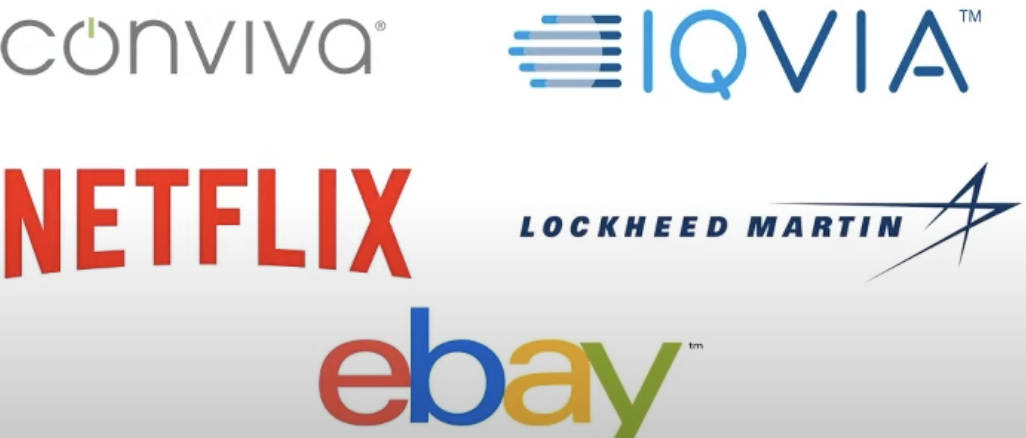
8. PowerBi
PowerBi is a business analytic solution that lets you visualize your data and share insights across your organization or embed them in your app or website. It can connect to hundreds of data sources and bring your data to life with live dashboards and reports. PowerBi is the collective name for a combination of cloud-based apps and services that help organizations create, manage and analyze data from a variety of sources through a user-friendly interface.
PowerBi is built on the foundation of Microsoft Excel and has several components such as a Windows desktop application called “PowerBi Desktop” and an online software service called “PowerBi service” There is also a mobile application for PowerBi/ available for iOS and Android devices.
Features of PowerBI
- PowerBi has easy drag-and-drop functionality with features that make data visually appealing.
- You can create reports without having knowledge of any programming language. It helps users see not only what’s happened in the past and what’s happening in the present but also what might happen in the future.
- It offers a wide range of detailed and attractive visualizations to create reports and dashboards.
- You can select several charts and graphs from the visualization bar.
- PowerBi has machine learning capabilities with which it can spot patterns in data and use those patterns to make informed predictions and run what-if scenarios.
- Power bi supports multiple data sources such as Excel, CSV Oracle SQL server, PDF, and XML files.
- The platform integrates with other popular business management tools like SharePoint office 365 and Dynamics 365 as well as other non-Microsoft products like Spark, Hadoop, Google Analytics, ASAP Salesforce, and MailChimp.
Companies Using PowerBi
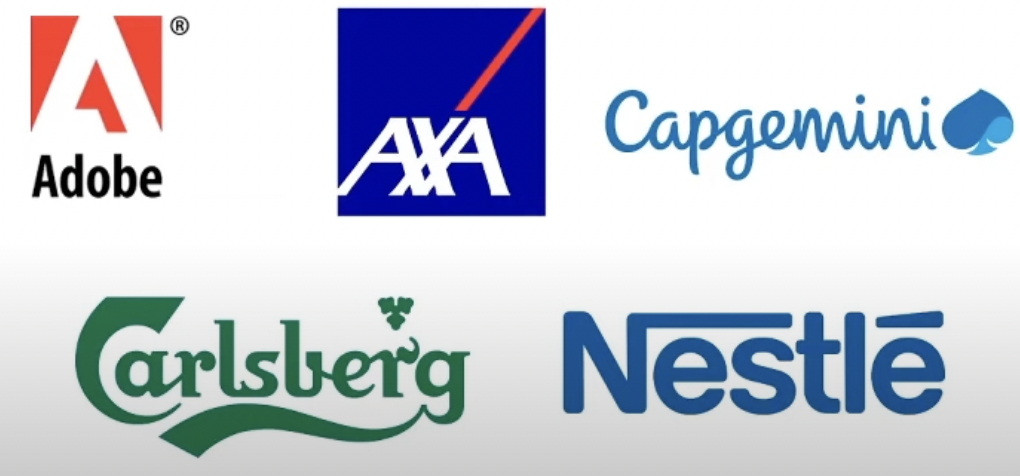
Also Explore: Power BI Developer in 2023: Here’s What You Don’t Know
9. Tableau
Gartner’s Magic Quadrant of 2020 classified tableau as a leader in business intelligence and data analysis. Tableau is an interactive data visualization software company, founded in Jam 2003 in Mountain View, California. Tableau is a data visualization software that is used for data science and business intelligence. It can create a wide range of different visualization to interactively present the data and showcase insights
Features of Tableau
- Data analysis is very fast with tableau and the visualizations are created in the form of dashboards and worksheets.
- Tableau delivers interactive dashboards that support insights on-the-fly.
- It can translate queries to visualizations and import all ranges and sizes of data writing simple SQL queries that can help join multiple data sets and then build reports out of it.
- You can create transparent filter parameters and highlighters. Tableau allows you to ask questions spot trends and identify opportunities.
- With the help of tableau online you can connect with cloud databases Amazon redshift and Google big query.
Companies Using Tableau
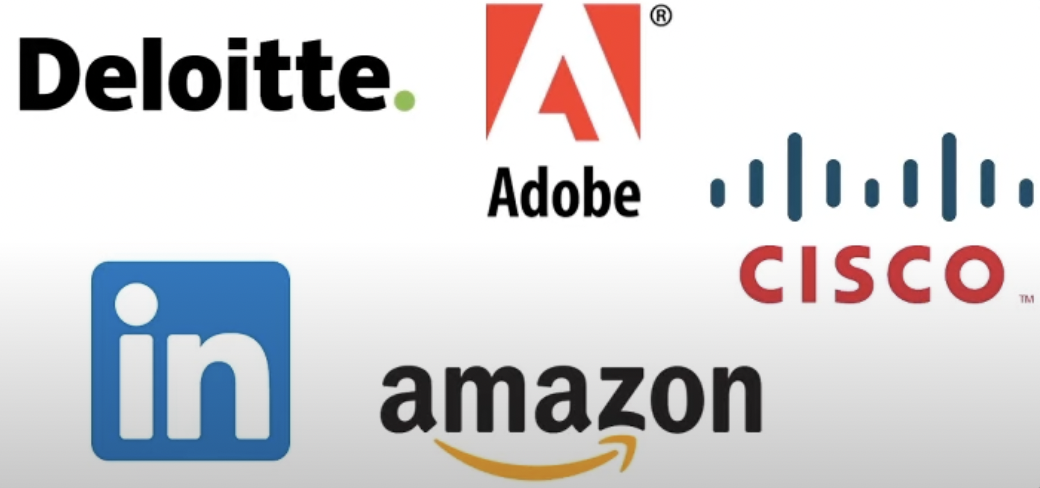
Learn what skills are needed to become a data scientist?
Kickstart your Data Science journey by enrolling in GUVI’s Big Data and Cloud Analytics Course where you will master technologies like MongoDB, Tableau, PowerBi, Pandas, etc., and build interesting real-life projects.
Alternatively, if you would like to explore more about Data Analysis through a Self-paced course, try GUVI’s Self-Paced Data Analysis certification course.
Summing Up
So there you have it, an immersive list of comprehensive data mining tools and frameworks that help you build a data ecosystem for building, testing, and implementing data models that enable you to derive value out of your data at an enterprise scale.
Do you think we missed something? Comment your suggestions and picks, we’d be glad to hear about them.
The workplace is changing, and continuously improving your skills is now necessary in order to not be left behind. Data drives everything. Most importantly, you should understand the language of data to build a promising career.
FAQs
Data mining is the process of extracting valuable patterns, information, or insights from large datasets. It is crucial for businesses as it helps them make data-driven decisions, identify customer preferences, optimize marketing strategies, and improve overall efficiency and productivity.
Open-source data mining tools are freely available and can be modified by users. They offer flexibility and a strong community for support. On the other hand, licensed tools require a purchase or subscription and often provide additional features, technical support, and updates from the vendor.
The selection process involved thorough research and analysis of various data mining tools available in the market. Factors considered include popularity, functionality, user reviews, ease of use, and their relevance and significance in meeting different analysis needs. The chosen tools represent a mix of open-source and licensed options to cater to a diverse range of users.
Listen to Balaji R’s Success Story…

















![Top Data Science Programming Languages All Beginners Must Know [2025] 13 data science programming language](https://www.guvi.in/blog/wp-content/uploads/2025/06/Feature-Image-3.png)
![Top 40 Data Science Interview Questions for Freshers [2025] 14 data science interview questions for freshers](https://www.guvi.in/blog/wp-content/uploads/2025/06/Top-40-Data-Science-Interview-Questions-for-Freshers-2025.png)

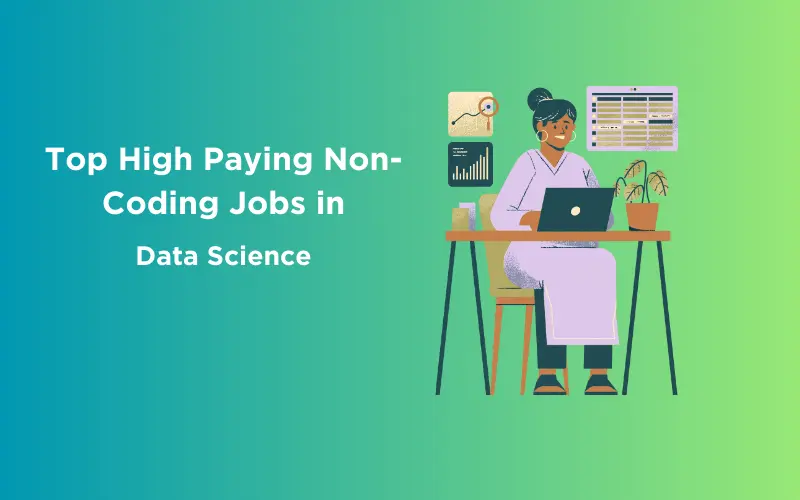
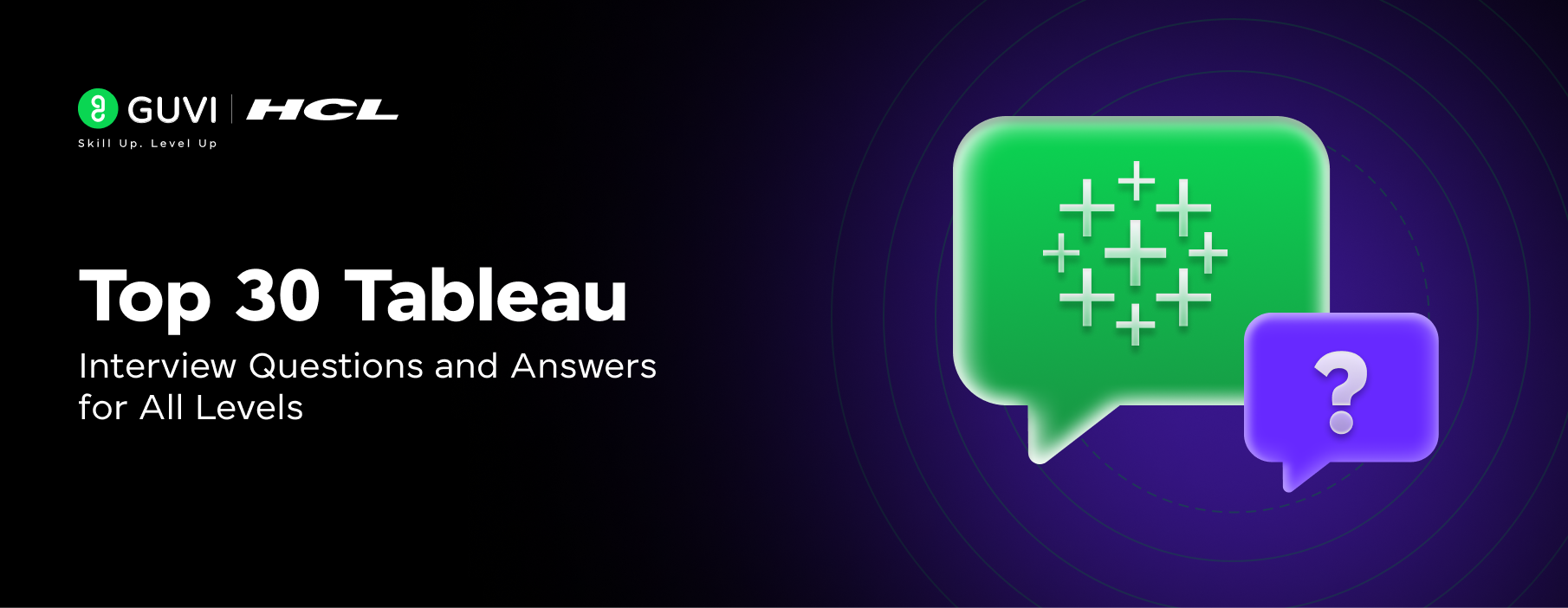
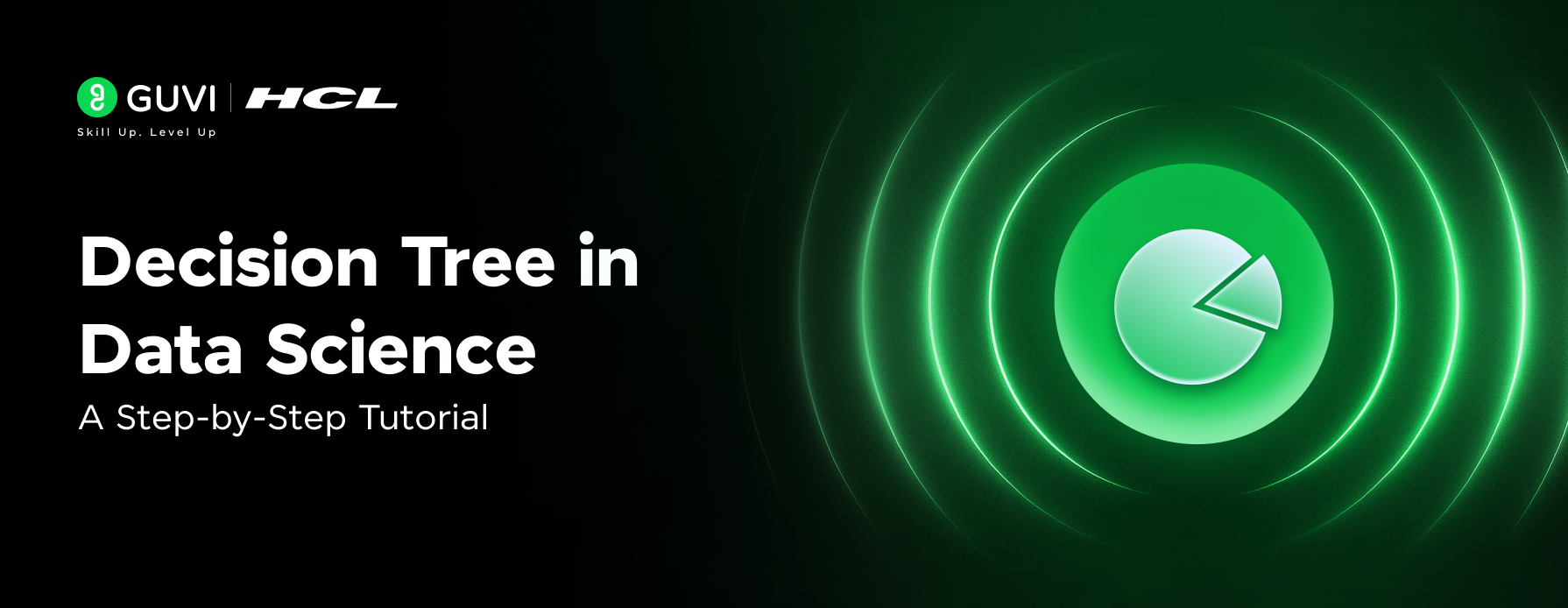
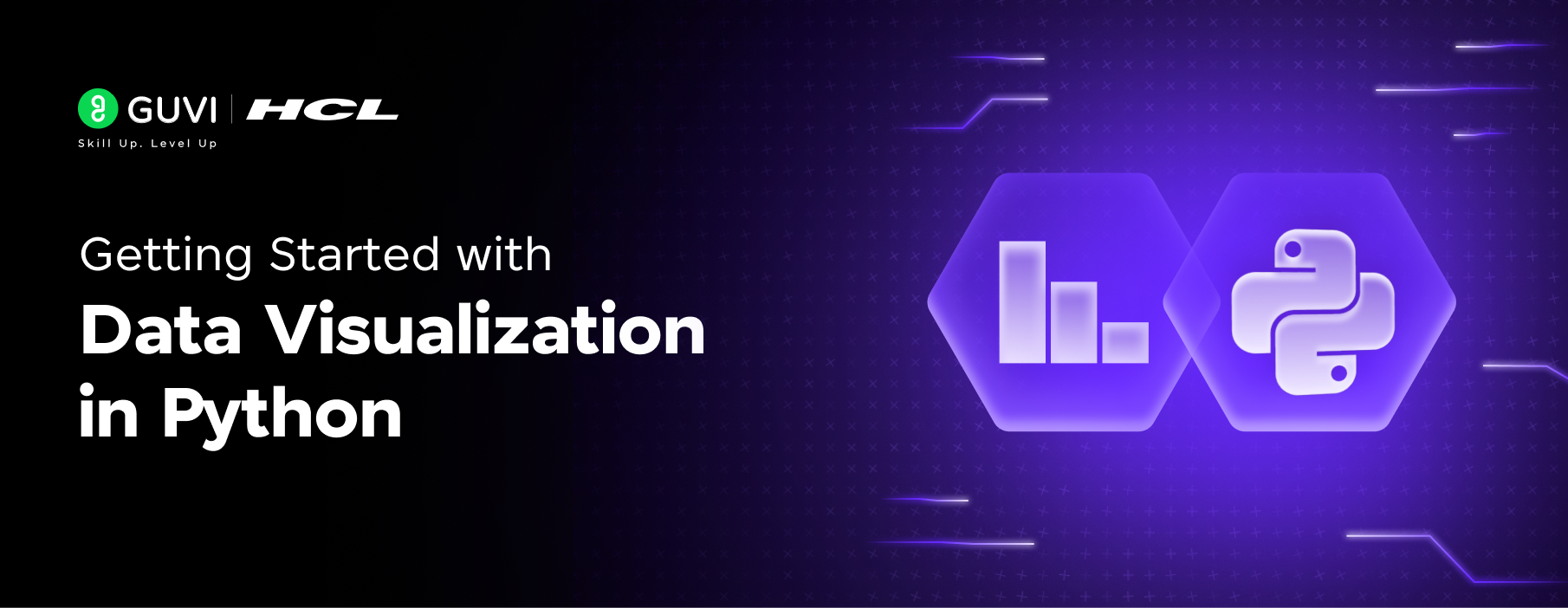

Did you enjoy this article?